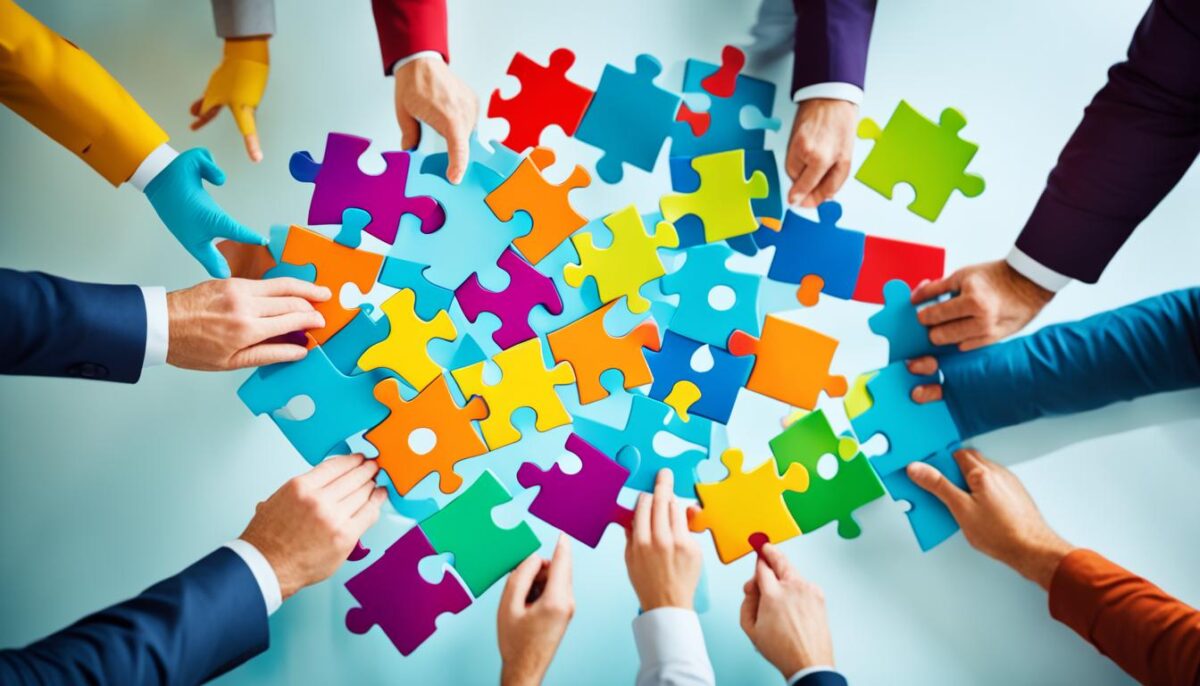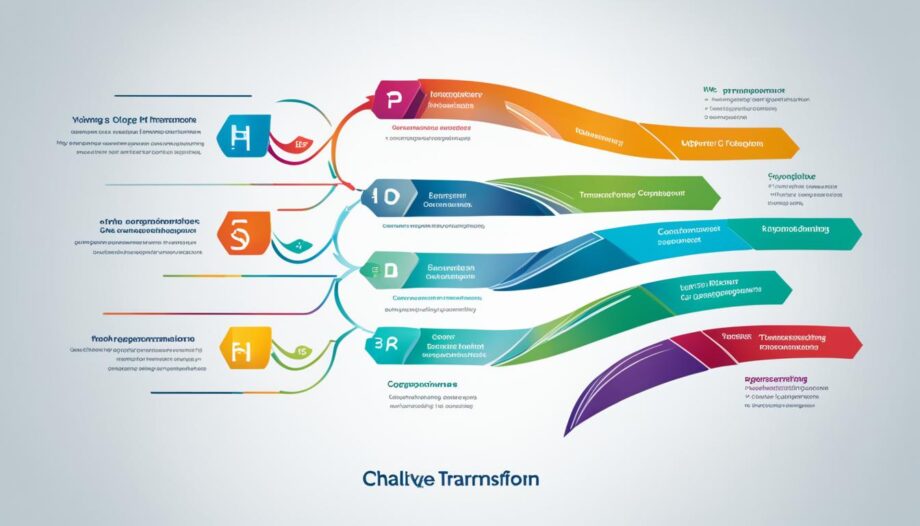As organizations increasingly embrace agile transformations to stay competitive in today’s fast-paced, ever-changing business landscape, HR professionals must evolve their strategies and approaches to effectively support these organizational agility initiatives. At the heart of this transformation lies the need for HR to not only react to the changing dynamics but also proactively adapt their practices to empower the workforce and drive sustainable growth.
In this article, we will explore the critical role HR plays in guiding organizations through agile transformations, from fostering an agile mindset to upskilling the workforce. By understanding the pivotal position HR holds in this journey, we can uncover the strategies and best practices that will enable HR to become a true partner in driving organizational agility and transforming the way we work.
Embracing the Agile Mindset: A Shift in HR’s Approach
In an era of rapid change, organizations are increasingly embracing agile methodologies to stay competitive and responsive. For HR professionals, this shift towards agility presents both challenges and opportunities. To successfully navigate agile transformations, HR must first embrace the agile mindset themselves.
Fostering an Agile Culture
Cultivating an agile culture within the HR department is a crucial first step. This involves breaking down silos, encouraging cross-functional collaboration, and fostering a mindset of continuous learning and improvement. HR teams must be willing to experiment, iterate, and adapt their processes based on feedback and evolving business needs.
By modeling agile behaviors and mindsets, HR can inspire and empower the broader organization to adopt a more agile approach. This includes embracing transparency, empowering employees, and prioritizing flexibility and adaptability over rigid hierarchies and bureaucratic processes.
Adapting HR Processes for Agility
Alongside fostering an agile culture, HR must also adapt its own processes and practices to better align with the principles of agility. This may involve transitioning from annual performance reviews to more frequent, ongoing feedback loops, or replacing traditional top-down decision-making with collaborative, cross-functional teams.
HR must also be prepared to rapidly respond to changing business needs, whether that means quickly onboarding new talent, reskilling existing employees, or reallocating resources to align with shifting priorities. By embracing agile methodologies, HR can become a more nimble, responsive, and valuable partner to the organization.
| Traditional HR Approach | Agile HR Approach |
|---|---|
| Rigid, bureaucratic processes | Flexible, adaptable processes |
| Siloed, hierarchical structure | Cross-functional, collaborative teams |
| Infrequent, top-down feedback | Continuous, multidirectional feedback |
| Reactive to change | Proactive and responsive to change |
By embracing the agile mindset and adapting their processes accordingly, HR can become a strategic partner in driving organizational culture change and enabling the HR transformation necessary for success in an increasingly agile business landscape.

Agile Transformations in Organisations: HR’s Pivotal Role
In the face of evolving business landscapes and the rising demand for organizational agility, the role of HR professionals has become increasingly pivotal. As strategic partners and change agents, HR teams are uniquely positioned to guide organizations through the complexities of agile transformations.
At the heart of this transformative journey lies HR’s influence on organizational agility. By fostering a culture of adaptability, collaboration, and continuous improvement, HR can help create the foundation for successful agile initiatives. From shaping the organizational structure to aligning HR processes with agile principles, HR’s role in agile transformations is truly multifaceted.
One of the key ways HR can contribute to agile transformations is by serving as a strategic partner to the leadership team. By deeply understanding the organization’s goals and challenges, HR can devise tailored strategies to support the agile transformation. This may involve developing training programs, facilitating cross-functional collaboration, and ensuring that the workforce is equipped with the necessary skills and mindset to thrive in an agile environment.
Moreover, HR’s influence extends beyond the internal workings of the organization. By actively engaging with external stakeholders, such as customers and suppliers, HR can help foster a holistic agile ecosystem. This collaborative approach enables the organization to better anticipate and respond to market shifts, ultimately enhancing its overall agility and competitiveness.
“HR professionals are the catalysts of agile transformations, driving cultural change and empowering the workforce to adapt and innovate.”
As organizations navigate the complexities of agile transformations, the pivotal role of HR cannot be overstated. By aligning HR strategies with the organization’s agile objectives, HR can unlock new levels of organizational agility, resilience, and success.
In conclusion, HR’s strategic partnership and influence on organizational agility are crucial in guiding organizations through the dynamic landscape of agile transformations. By embracing this pivotal role, HR professionals can become the catalysts of change, driving cultural transformation and empowering the workforce to adapt, innovate, and thrive.
Upskilling and Reskilling: Equipping the Workforce
As organizations embrace agile transformations, it is critical that we empower our workforce with the skills and mindset necessary to thrive in this new environment. At the heart of this endeavor lies the pivotal role of HR, charged with the vital task of identifying skill gaps and implementing targeted upskilling and reskilling programs.
Identifying Skill Gaps
We understand that the skills required in an agile organization can differ significantly from those needed in a traditional, hierarchical structure. By conducting thorough skill gap analyses, we can pinpoint the areas where our employees need to develop new capabilities or enhance existing ones. This data-driven approach allows us to tailor our training and development initiatives to address the unique needs of our workforce.
Continuous Learning and Development
In the ever-evolving landscape of agile transformations, fostering a culture of continuous learning and development is paramount. We are committed to empowering our employees to embrace the growth mindset, equipping them with the tools and resources they need to upskill and reskill continuously. By nurturing an environment where learning is celebrated and encouraged, we can ensure that our workforce remains agile, adaptable, and well-prepared to navigate the challenges of the future.

